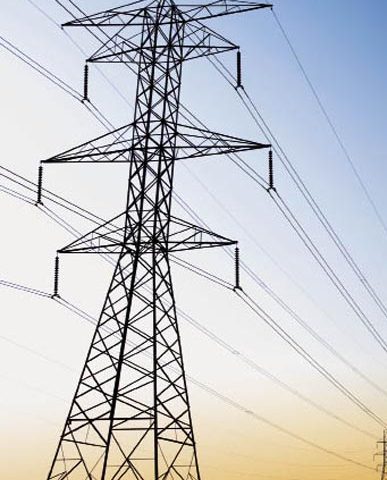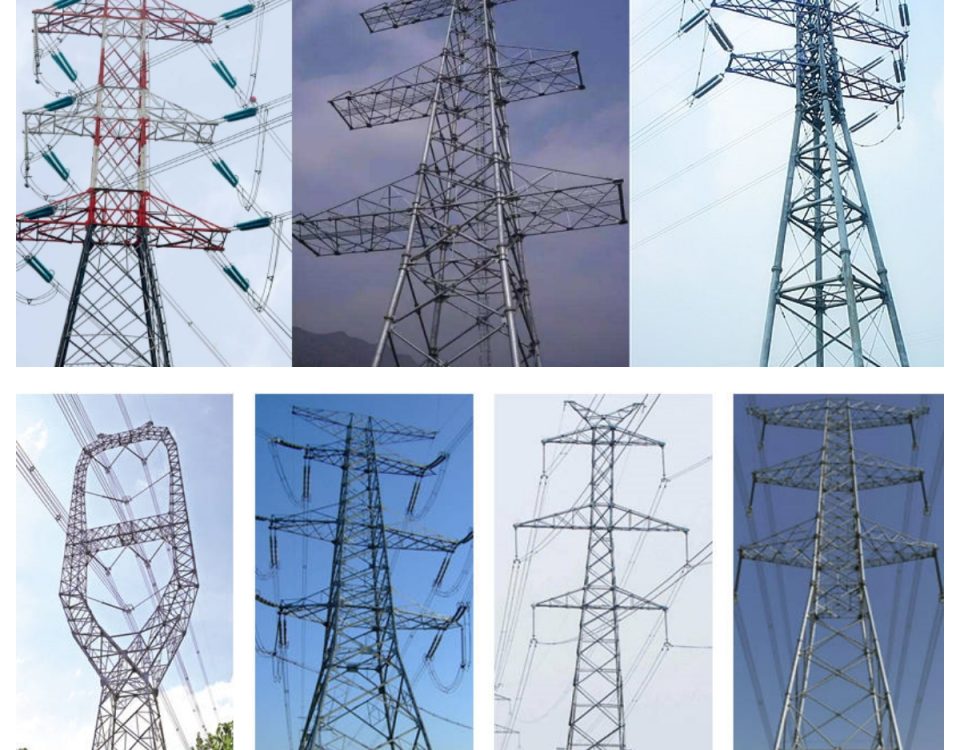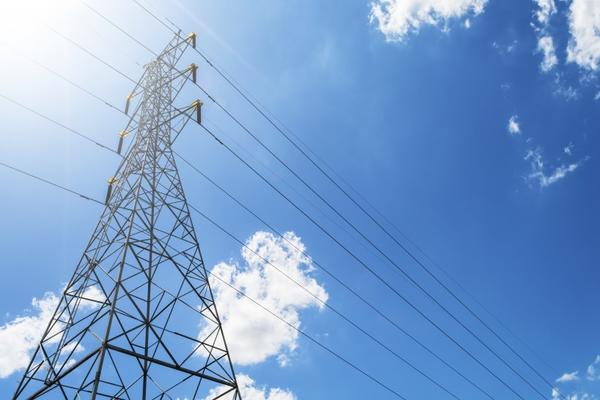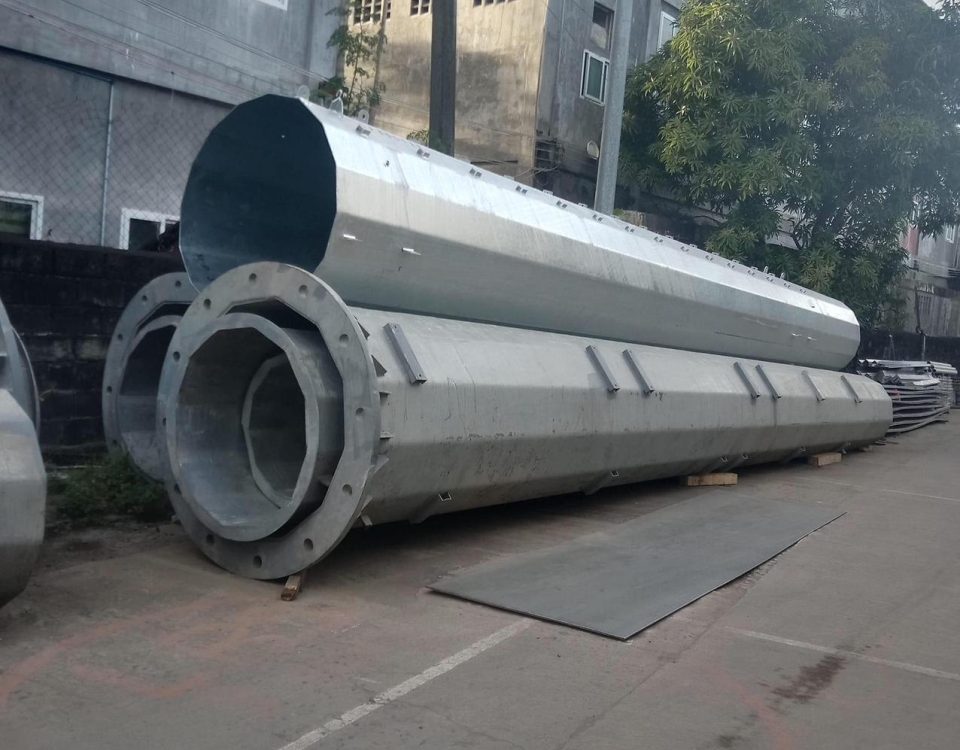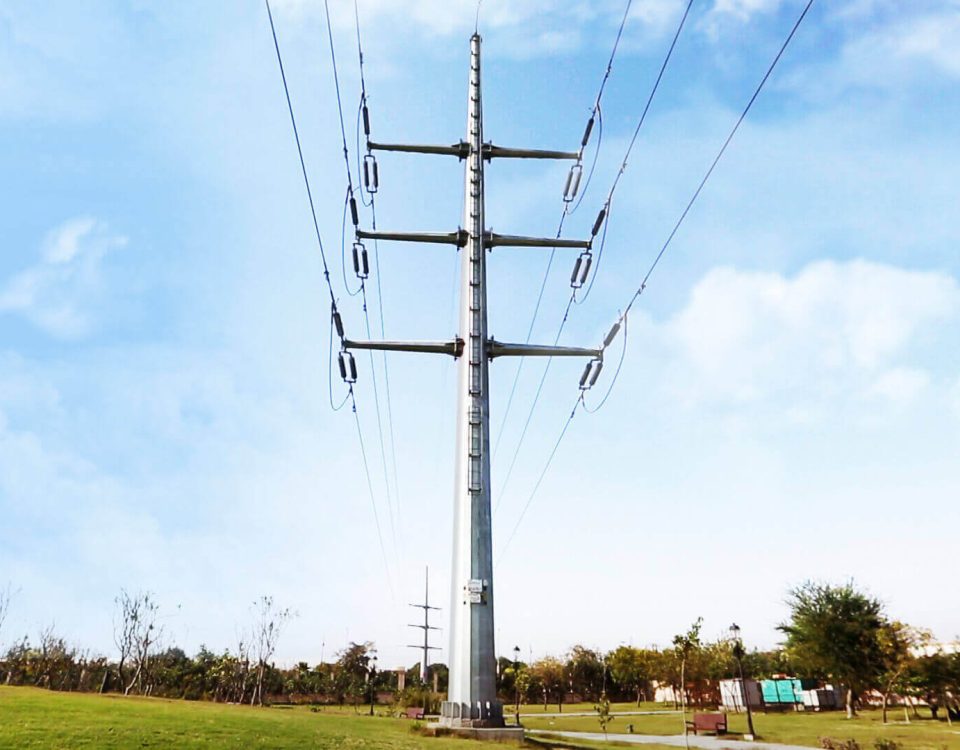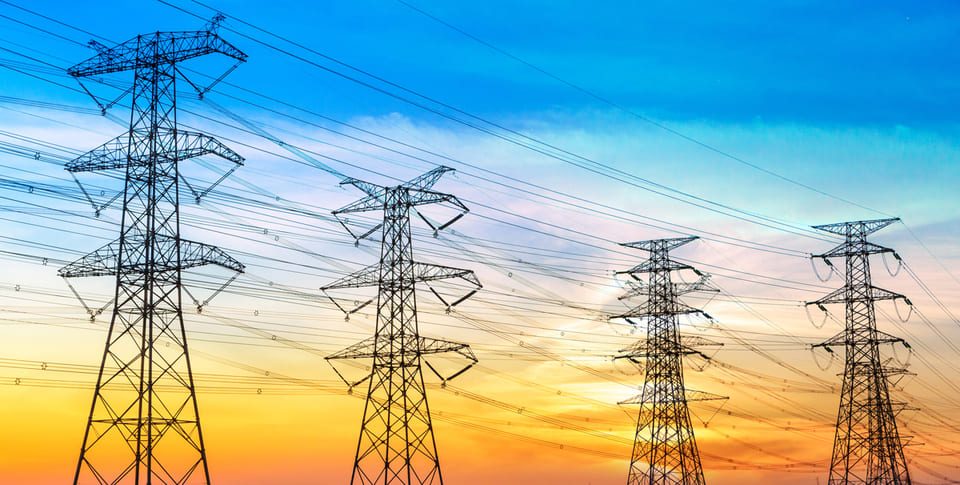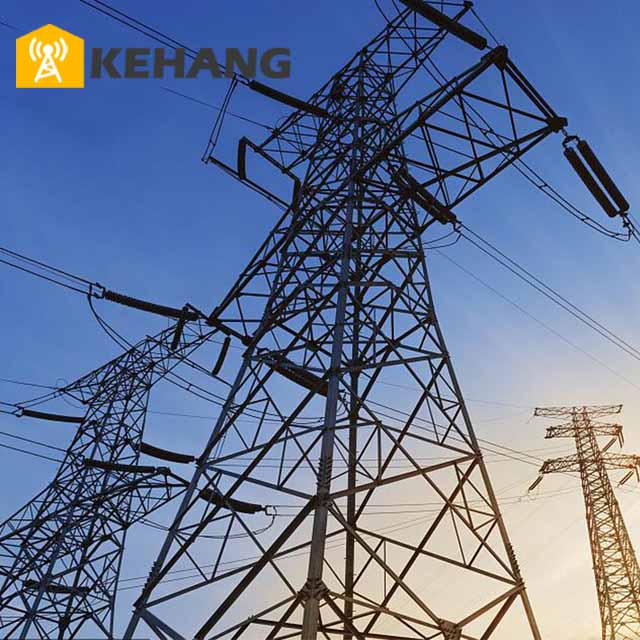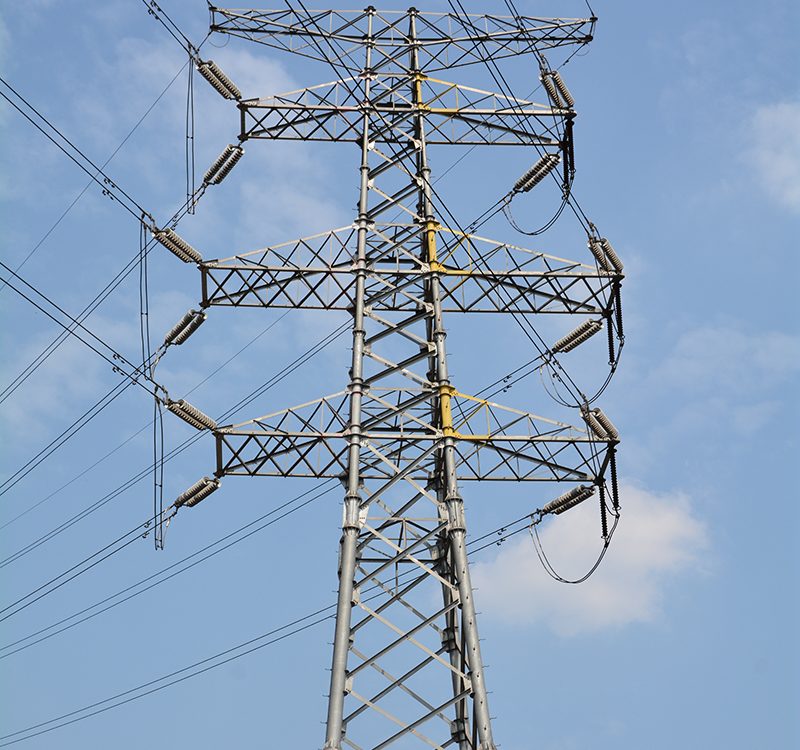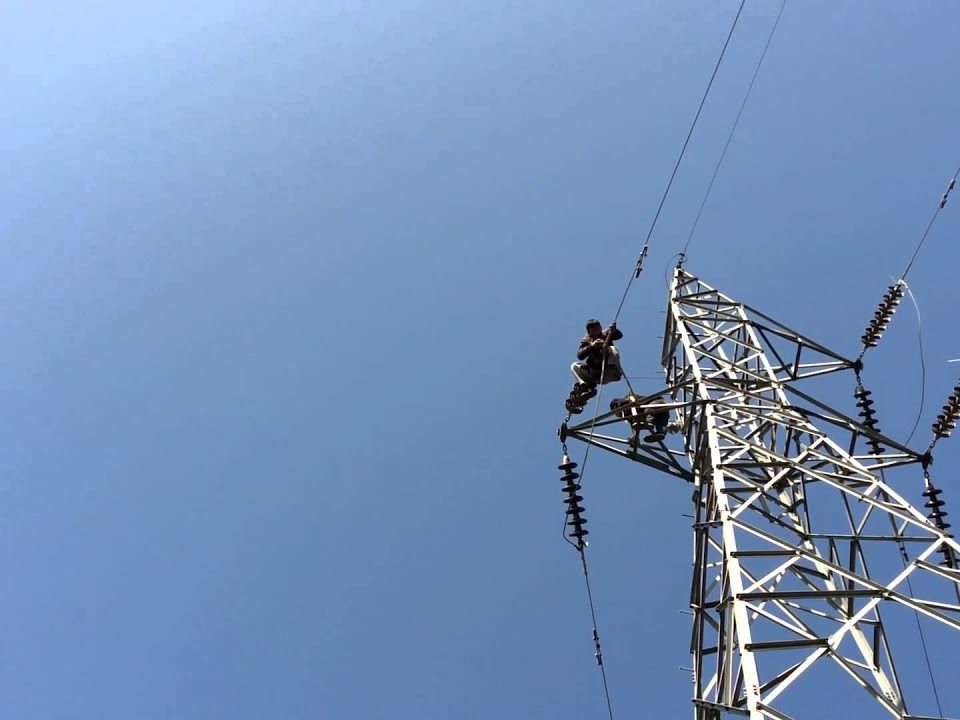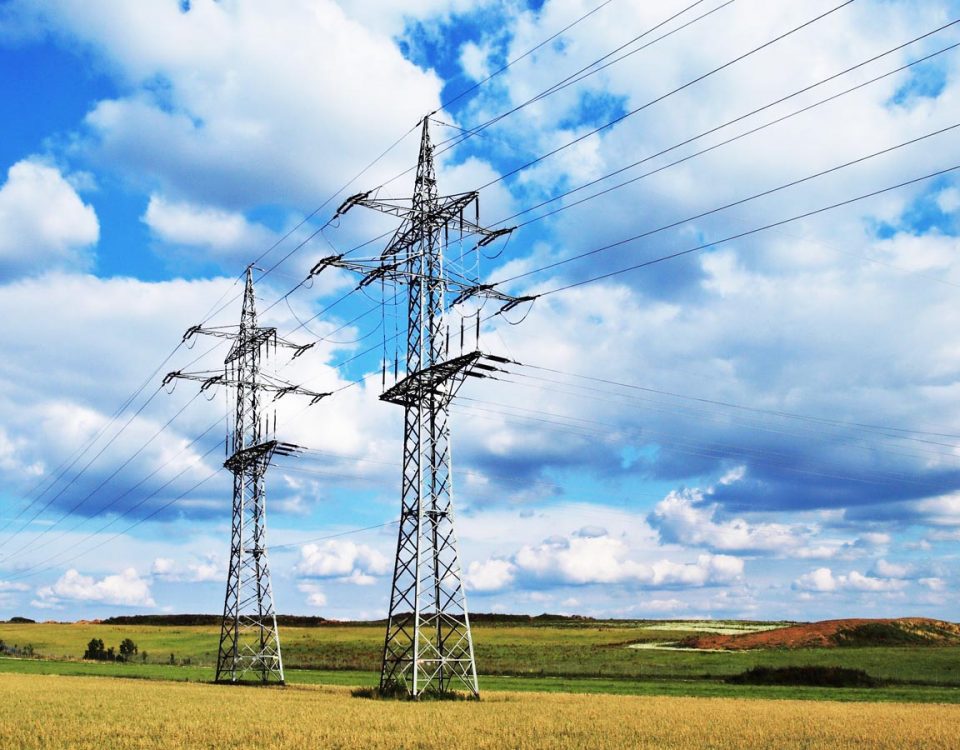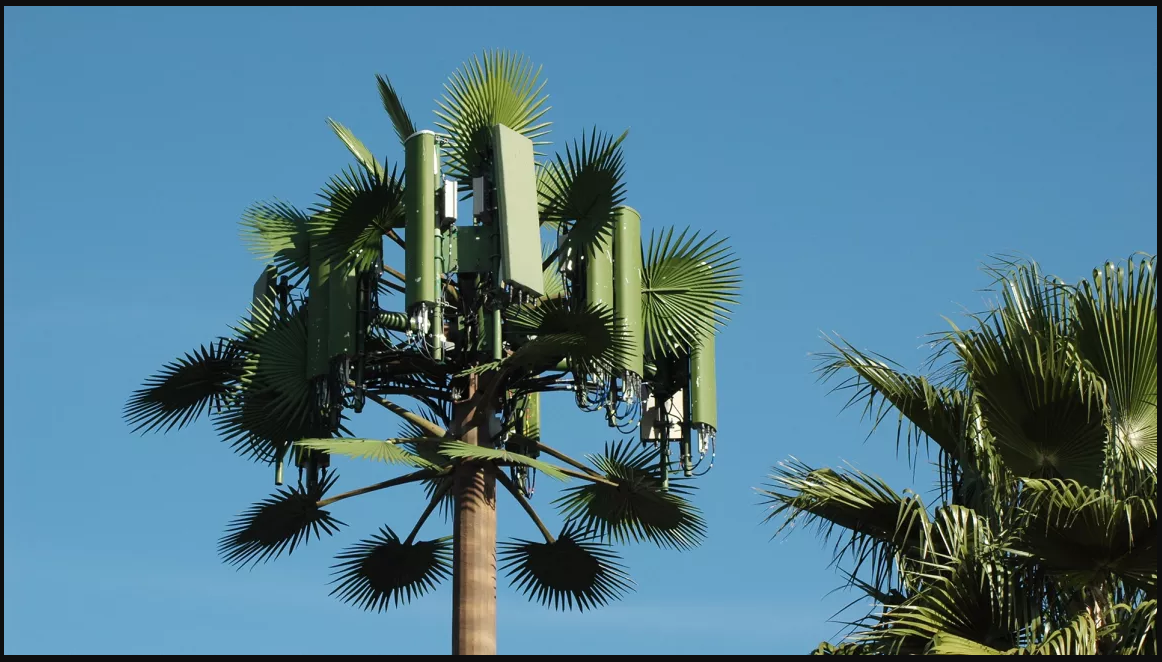
Camouflage communication towers
June 10, 2018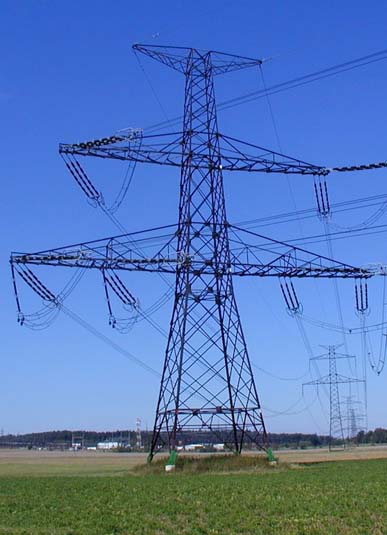
steel lattice tower,transmission tower,power tower
June 15, 2018Transmission line towers
Transmission line towers, according to their shape is generally divided into: wine cup type, cat head type, on the word type, dry type and barrel type five, according to the use of points: tension tower, straight tower, corner tower, transposition tower ( Replace the conductor phase position tower), terminal tower and cross tower, etc. Their structural features are that all tower types are space truss structure, the rod member is mainly composed of a single equal angle steel or composite angle steel, the material is generally used Q235 (A3F) And Q345 (16Mn) two, the connection between rods using crude bolts, bolts connected by shear force, the entire tower by the angle steel, connecting steel plate and bolts, individual parts such as the tower feet welded by a few pieces of steel plate into a single assembly Therefore, hot-dip galvanizing, anti-corrosion, transportation and construction are extremely convenient. For iron towers with a height less than 60m, pinnacles are set on one of the main materials of the tower to facilitate construction workers to go on the tower.
Tower structure The
entire tower consists of three parts: the tower head, the tower body and the tower legs. If it is a cable tower, it will also increase the cable section.
Tower head The
section of the tower going up from the tower leg changes sharply (the fold line appears). The above part is the tower head. If there is no sharp change in the section, then the lower part of the lower cross arm is the tower head.
Tower legs
basis of the above referred to in the first paragraph of the tower tower legs
tower
portion between the legs of the tower and the tower called tower
For high voltage lines, there are generally two tower options for overhead transmission line towers – lattice steel and tubular steel towers.
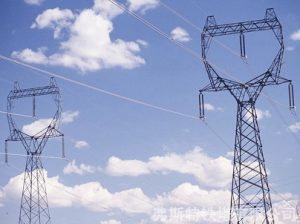
Section method
Clip slide
*Major sections of the tower are assembled on the ground and same are erected as units. Either mobile crane or gin pole of 10m long is used.
>Ground assembly (Proto)
+ This method consist of assembling the tower on ground and erecting it as a complete unit. The complete tower is assembled in line wise position to allow Xarms to fitted. After assembly is
completed tower is picked up from ground with the help of crane and carried to is location and set on its foundation.
This method is not is useful when the towers are heavy and the locations are difficult.

